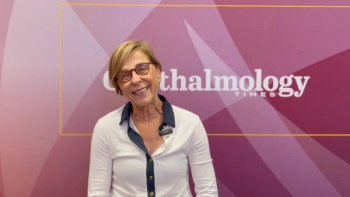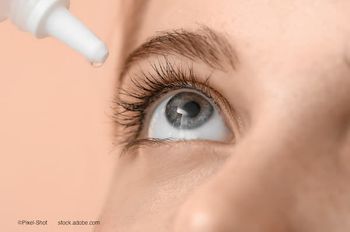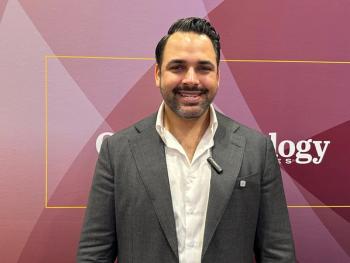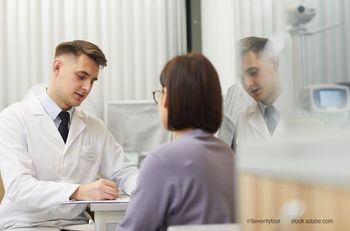
Stem cells regenerate retinas
Scientists from Schepens Eye Research Institute reported that they have regenerated large areas of damaged retinas in mice using induced pluripotent stem cells (IPSCs) derived from skin. The results of their study were published this month in the online science publication PLoS ONE.
Boston-Scientists from Schepens Eye Research Institute reported that they have regenerated large areas of damaged retinas in mice using induced pluripotent stem cells (IPSCs) derived from skin. The results of their study were published this month in the online science publication PLoS ONE. Like embryonic stem cells, IPSCs have the ability to become any other cell in the body, but are not fraught with the ethical, emotional, and political issues associated with the use of tissue from human embryos.
“We are very excited about these results,” said the study’s first author, Budd A. Tucker, PhD, assistant professor of ophthalmology at the University of Iowa’s Carver College of Medicine. “While other researchers have been successful in converting skin cells into IPSCs and subsequently into retinal neurons, we believe that this is the first time that this degree of retinal reconstruction and restoration of visual function has been detected.”
Dr. Tucker completed the study at Schepens Eye Research Institute in collaboration with Michael J. Young, PhD, the principal investigator of the study. Dr. Young heads the Institute's regenerative medicine center.
Drs. Tucker and Young harvested skin cells from the tails of red fluorescent mice. They used these mice, because the red tissue would be easy to track when transplanted in the eyes of non-fluorescent diseased mice. These cells were used to generate red fluorescent IPSCs, and, with additional chemical coaxing, precursors of retinal cells. Precursor cells are immature photoreceptors that only mature in their natural habitat-the eye.
Within 33 days, the cells were ready to be transplanted and were introduced into the eyes of a mouse model of retina degenerative disease. Within 4 to 6 weeks, the researchers observed that the transplanted cells had taken up residence in the photoreceptor layer of the eye and had begun to integrate and assemble into healthy-looking retinal tissue.
Analysis with electroretinography found a significant increase in electrical activity in the newly reconstructed retinal tissue.
The researchers said these findings hold great promise for future treatments for diseases such as age-related macular degeneration, retinitis pigmentosa, diabetic retinopathy, and other retinal diseases that affect millions worldwide.
“Stem cell regeneration of this precious tissue is our best hope for treating and someday curing these disorders,” said Dr. Young.
Newsletter
Don’t miss out—get Ophthalmology Times updates on the latest clinical advancements and expert interviews, straight to your inbox.



















































.png)


